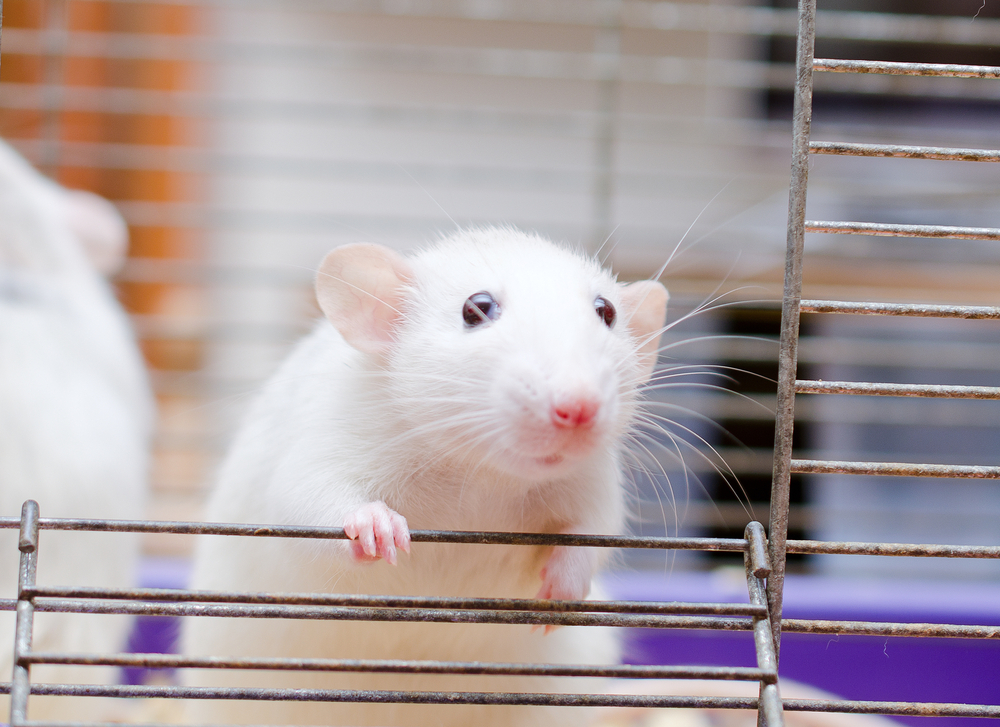Scientists Can Use Smartphones as Simple, Affordable Way to Measure Tremors in Mice

Neuroscientists have developed a simple and inexpensive way to measure tremors, one of the main symptoms of Parkinson’s disease, in lab mice using a smartphone.
The new test showed comparable results to those generated with the expensive lab equipment currently used — opening a faster and more affordable way to test potential approved and investigational medicines, the scientists said.
“I thought it would be a pity if expensive equipment kept us from continuing our research to find treatments for tremor,” Eva Maria Meier Carlsen, the neuroscientist at the University of Copenhagen behind the new device, said in a press release. “That’s why I set out to find an affordable and valid way to measure it, and I came up with the idea of using a smartphone as a measuring device.”
Tremor is a common symptom of many neurological disorders, such as Parkinson’s disease, multiple sclerosis, and spinal cord injury. Although it greatly affects the quality of life of many patients, available treatments are few and non-specific. Tremor also is rarely measured in experimental mice because the required lab equipment is expensive, costing anywhere between $15,000 and $19,500.
Carlsen, a postdoctoral fellow at the university, came up with a simple solution: a smartphone. The method takes advantage of the accelerometer inside the phone — a device which detects tilt, motion, and acceleration, allowing the smartphone to tell up from down. The accelerometer is used in a phone’s compass function.
By fixing the smartphone to a cage suspended by rubber bands, Meier Carlsen and colleagues were able to measure the faint vibrations of the cage as the mouse trembled. In collaboration with Saniona, a company developing medications for the central nervous system, they determined that the accuracy of the new method was comparable with that of expensive commercially available equipment.
“It is a really good idea that Eva got, and our new study emphasizes its validity,” said Jean-François Perrier, associate professor at the Department of Neuroscience and head of the research project. “It is a good example of how we researchers sometimes have to challenge the conventions and invent new methods that are more accessible and can be used by more people.”
Meier Carlsen pointed out that the new method could be made even more affordable by omitting the smartphone entirely, and instead using a single-board computer — a small computing device fitted with an accelerometer.
The neuroscientists already are using this new method to test experimental medications for tremor in mice. They also plan to use it to test already approved therapies. If any of these proved effective, they could reach patients much sooner, the scientists said.






